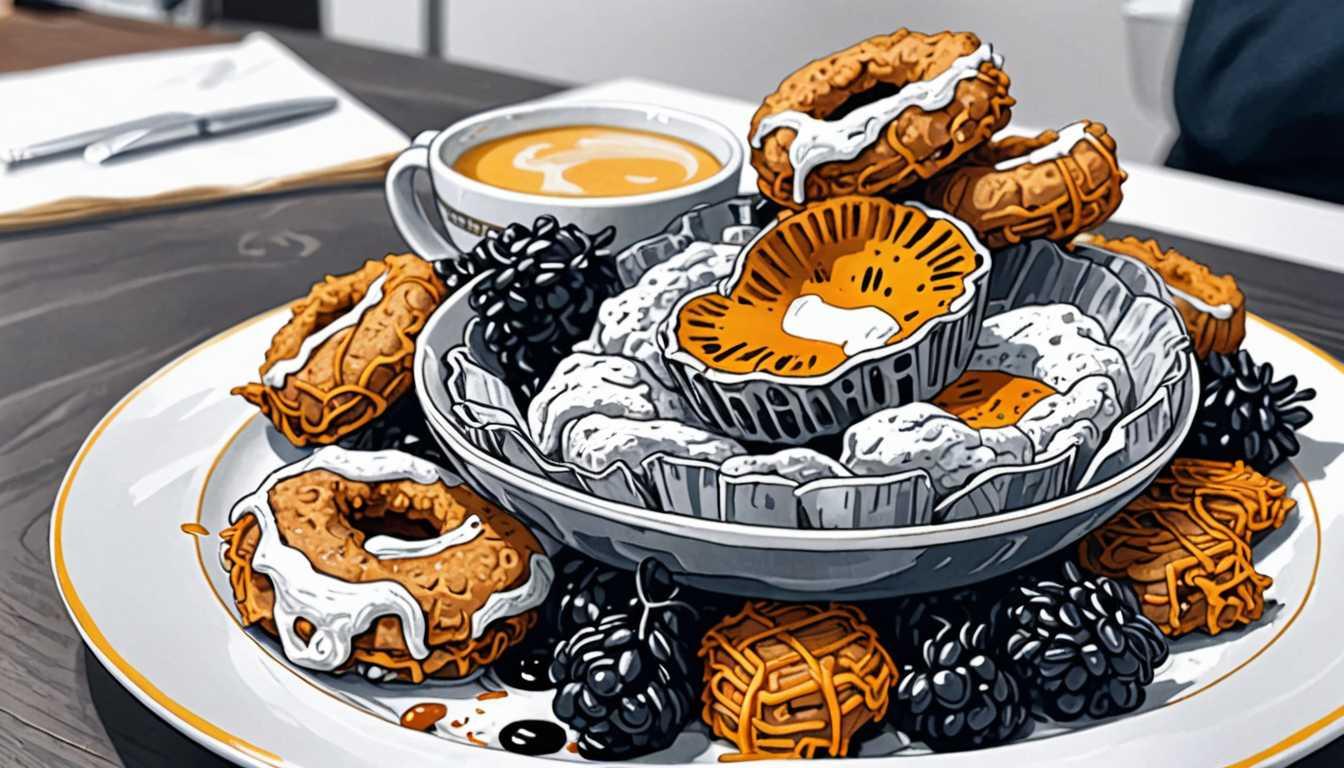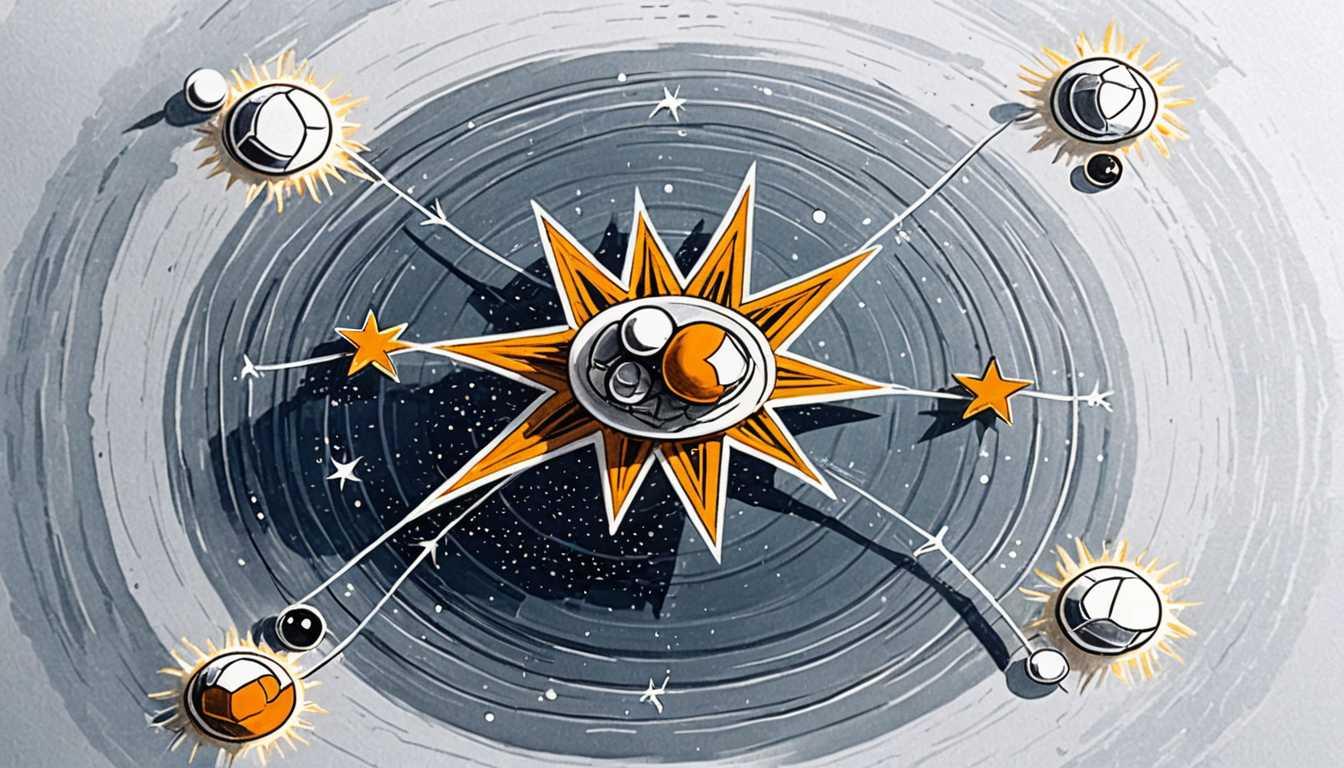Bubbles: Champagne's Sparkling Science
December 2021
Smithsonian Magazine
Introduction
Dive into the effervescent world of champagne bubbles with Smithsonian Magazine’s fizzy feature! Join Gérard Liger-Belair and his team in France’s wine country as they unravel the science behind those tiny, tantalizing bubbles. From high-speed cameras to gas chromatography, discover how bubbles not only delight the senses but also play a role in climate change and even space exploration. Whether it’s the chemistry, the taste, or the sheer joy of bubbles, this article pops with fascinating facts. Cheers to science!
READ FULL ARTICLEWhy It Matters
Discover how this topic shapes your world and future
Bubbling Over with Curiosity
Dive into the effervescent world of champagne bubbles, and you'll uncover a universe where chemistry, physics, and the joy of discovery fizz together in a glass. This isn't just about the sparkle in your celebratory drink; it's about understanding the forces that shape our world, from the frothy sea spray influencing climate change to the mysteries of outer space. For you, this journey into the science behind champagne bubbles can ignite a passion for inquiry, showing how curiosity can lead to groundbreaking discoveries. Imagine linking your everyday observations—like the fizz in your soda—to global phenomena and even to the secrets of distant moons. This topic exemplifies the thrill of scientific exploration and its vast implications, making the familiar extraordinary and inspiring you to look closer at the world around you.
Speak like a Scholar
Effervescence
The process of bubbles forming and rising in a liquid when a gas, like carbon dioxide, is released. Think of it as the science behind why your soda or champagne sparkles.
Aerosols
Tiny particles or droplets suspended in the air. When champagne bubbles burst, they release aerosols, which can affect everything from the flavor of your drink to cloud formation.
Gas chromatography
A technique used by scientists to separate and analyze compounds that can vaporize without decomposing. It's like a detective tool for chemists, helping them sniff out the different elements in a mixture.
Nucleation
The initial process where gas bubbles start to form in a liquid. Those little imperfections in your glass aren't just for decoration; they're the starting blocks for bubbles.
Surfactants
Substances that tend to reduce the surface tension of a liquid in which they are dissolved. In the context of champagne, avoiding surfactants means keeping your bubbles intact.
Aromatic compounds
Chemicals known for their distinct smells, which play a huge role in the taste and aroma of foods and drinks, including champagne. They're the unsung heroes that make your fizzy drink smell divine.
Independent Research Ideas
The chemistry of celebration
Explore the chemical reactions that occur during the fermentation of champagne and how these reactions contribute to the flavor, aroma, and, of course, the bubbles. This could lead to an intriguing study on how different fermentation techniques affect the final product.
Bubbles and the brain
Investigate the psychological effects of bubbles in beverages on human perception and enjoyment. Why do we associate bubbles with luxury and celebration? This could blend psychology, culture, and chemistry into one fascinating project.
Climate change and carbonated seas
Delve into how the study of bubbles, specifically sea spray aerosols, can offer insights into cloud formation and climate change. It's a chance to explore an environmental science angle, connecting the dots between your glass of bubbly and global atmospheric conditions.
The art and science of glassware
Examine how the design of glassware influences the formation and longevity of bubbles in sparkling beverages. This could be an interesting foray into physics and design, potentially collaborating with local artisans or glassmakers.
Sonic bubbles
Research the impact of sound waves on the formation of bubbles in liquids. Inspired by the method of making cheap wine bubbly, this project could explore the intersection of physics, technology, and culinary science, leading to innovative applications in the food and beverage industry.
Related Articles

The Science of Perfect S’mores
July 2018
Smithsonian Magazine

Frying with Science: Beer Batter Unveiled
January 2011
Smithsonian Magazine

Chess-Inspired Quasicrystals: Carbon Capture Breakthrough
July 2024
University of Bristol

Resonance Unveiled: Ultracold Molecular Mysteries
February 2023
Massachusetts Institute of Technology (MIT)

The Sweet Science of Chocolate
February 2015
Smithsonian Magazine